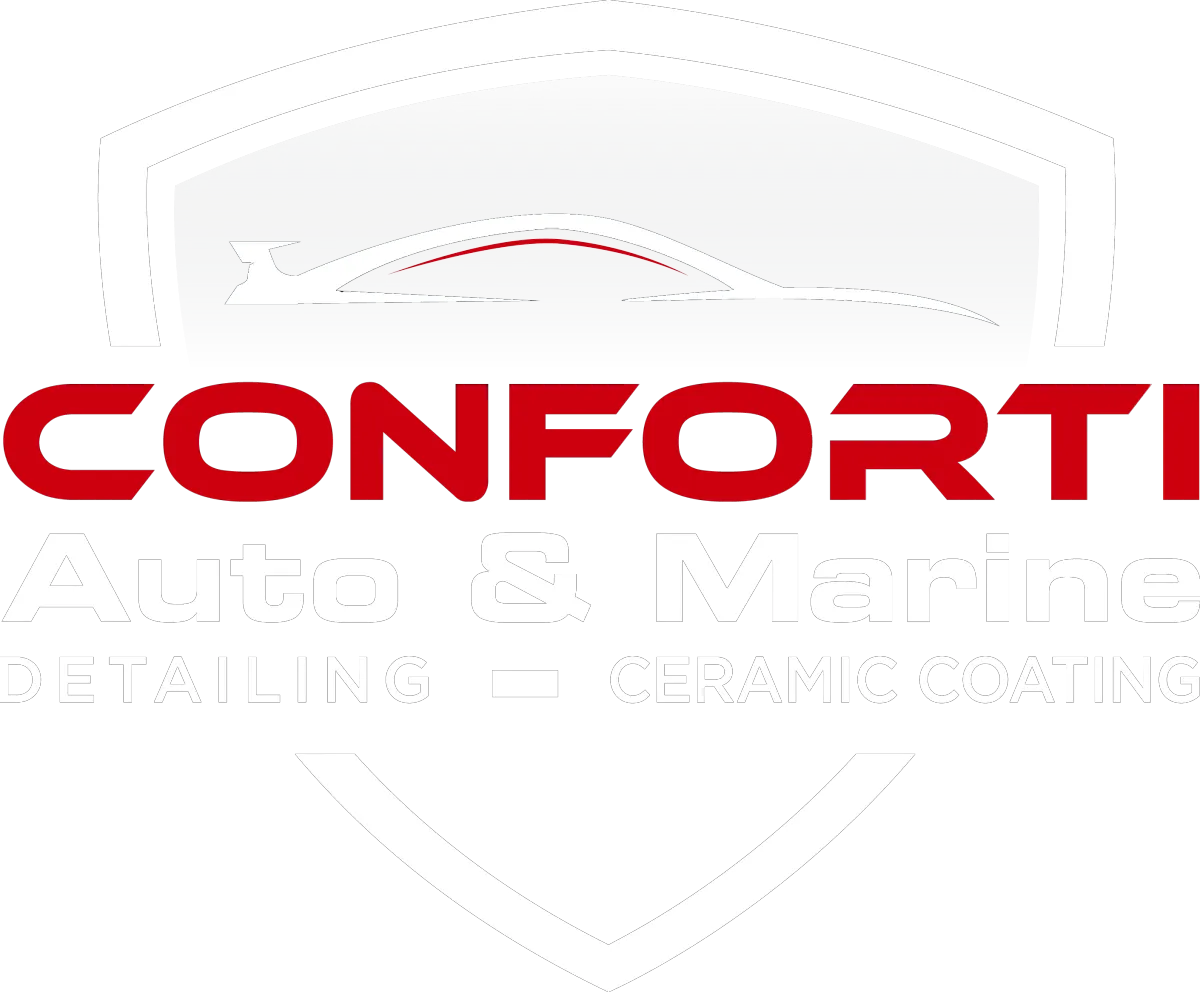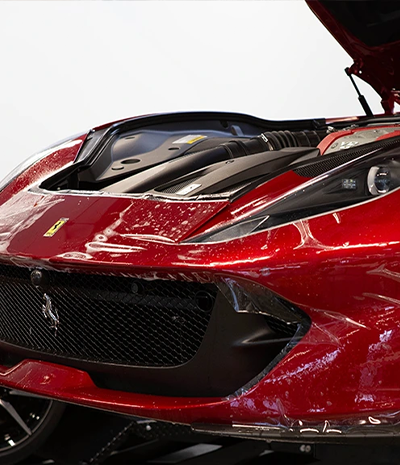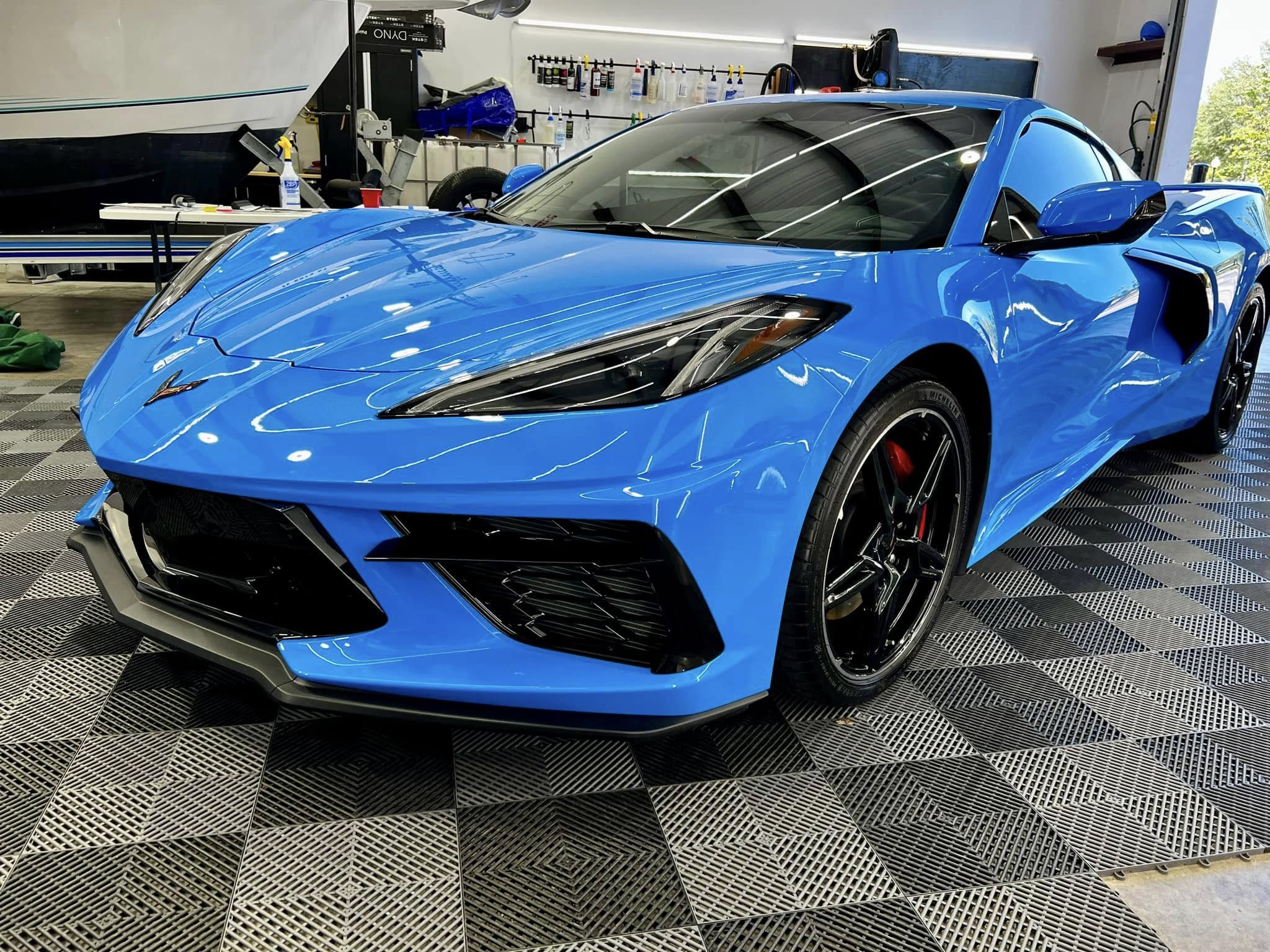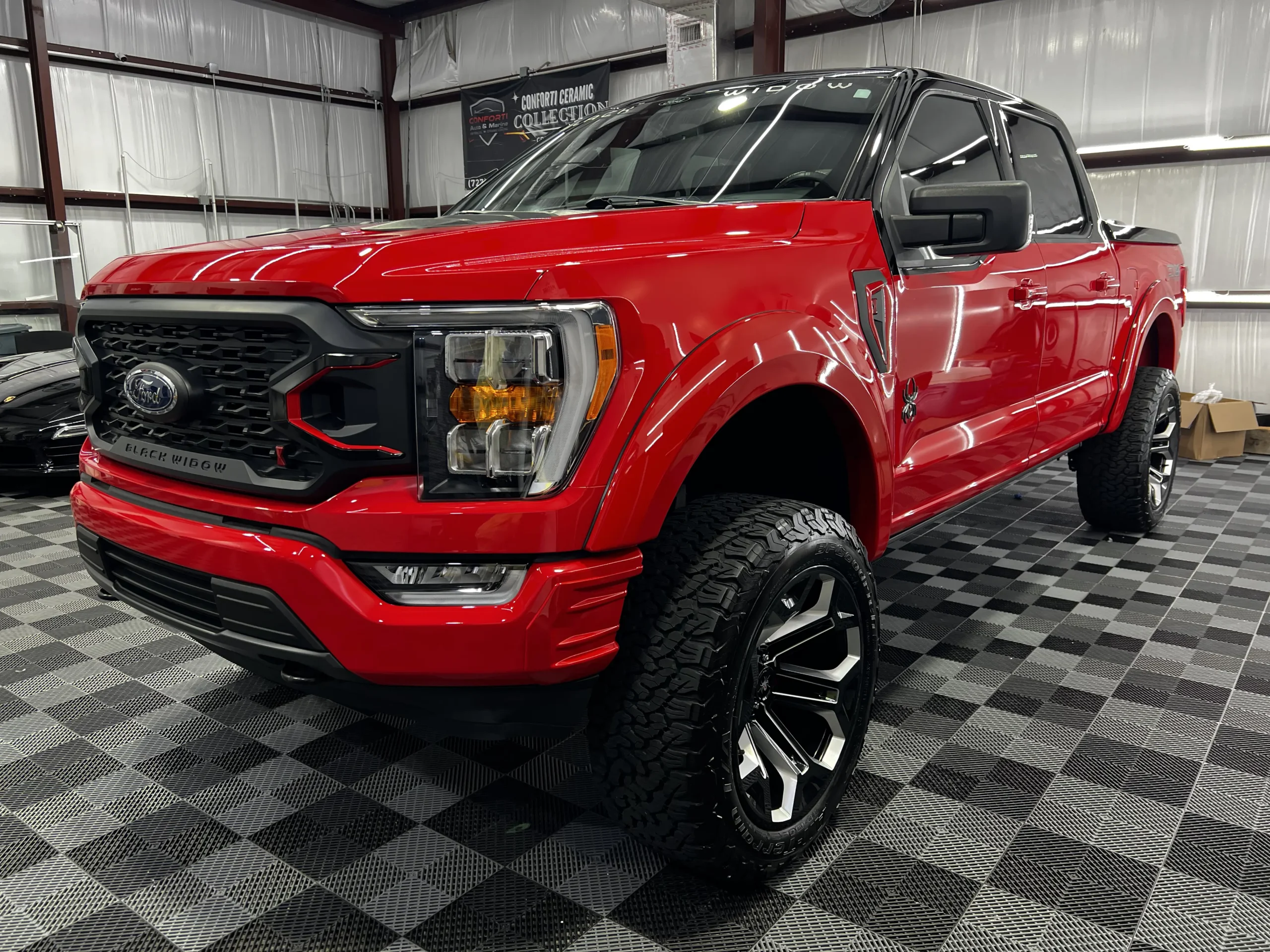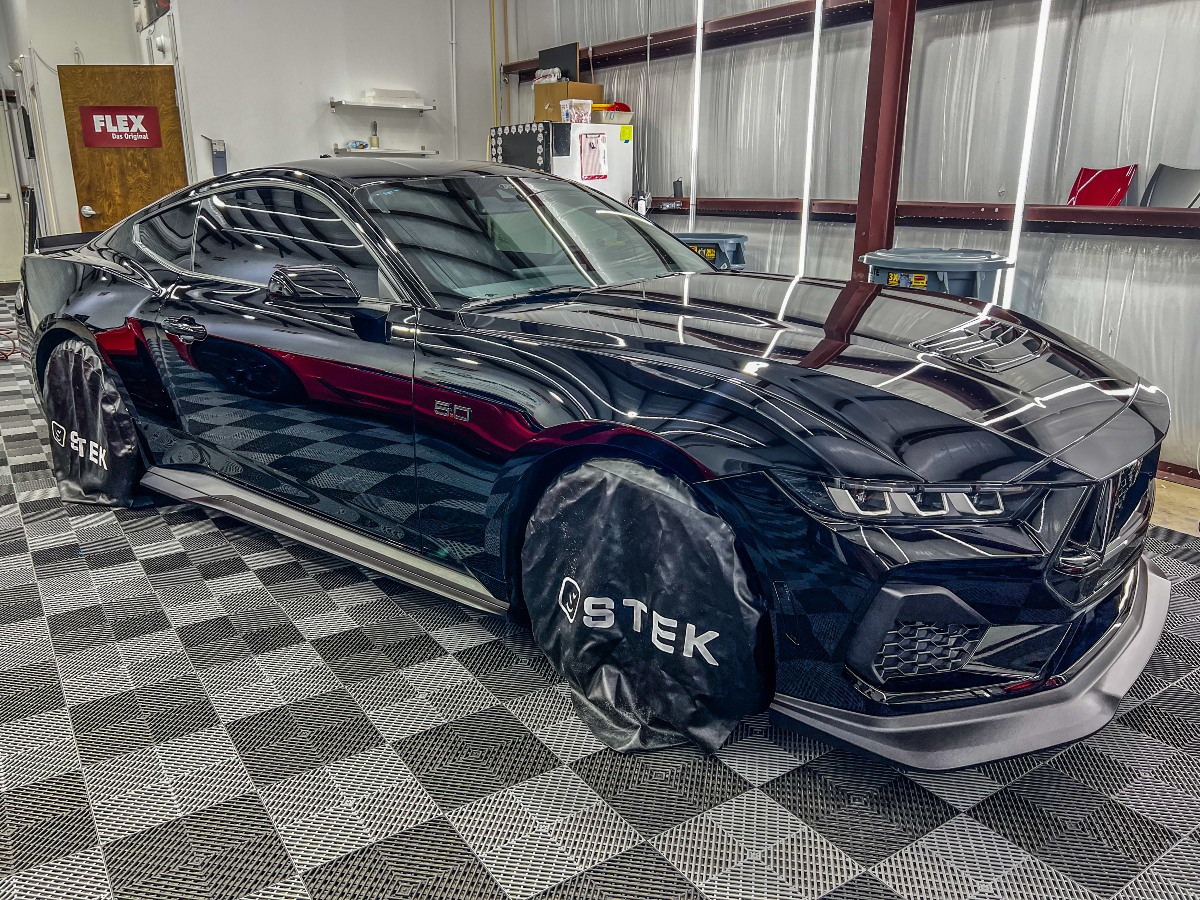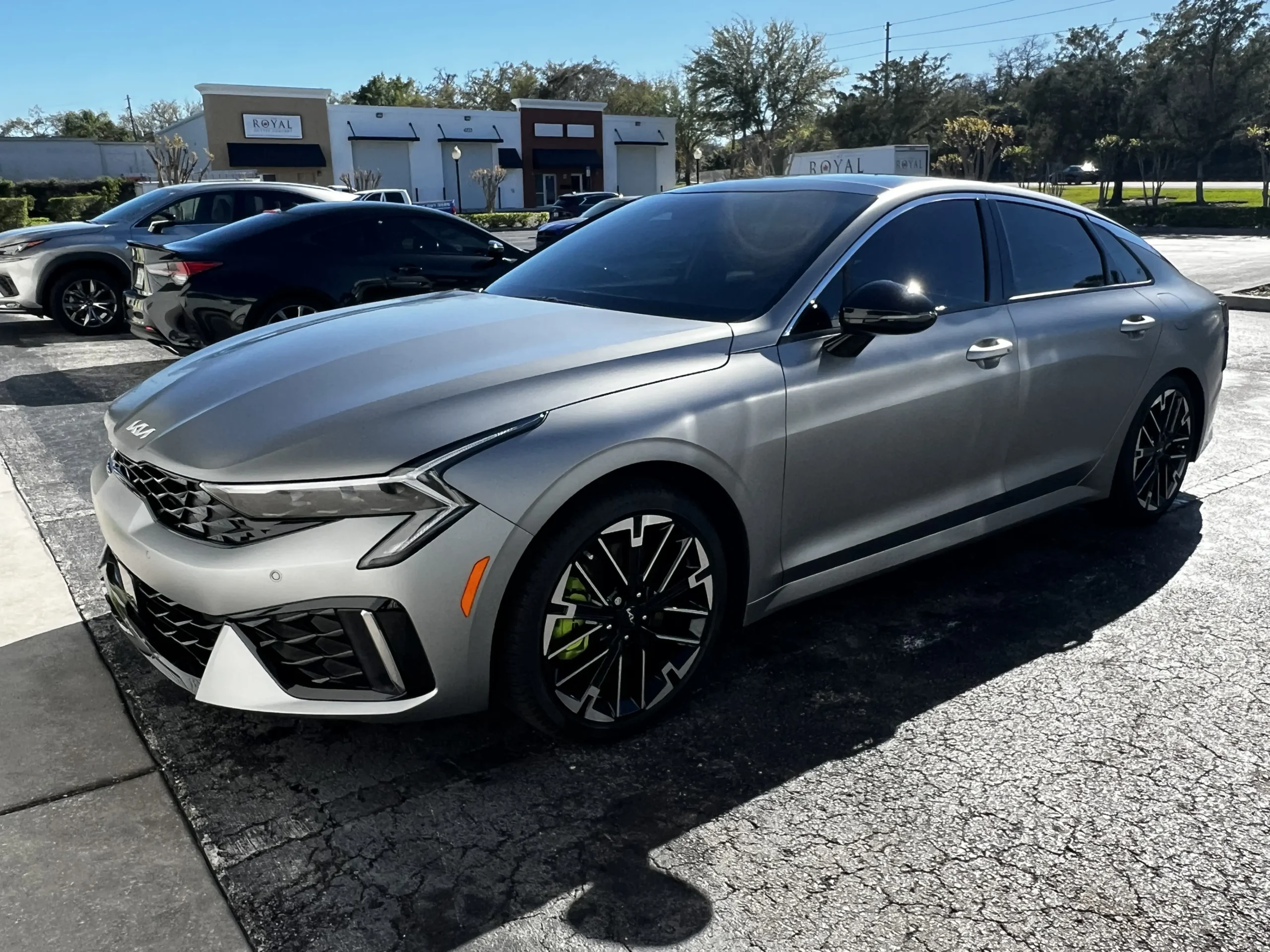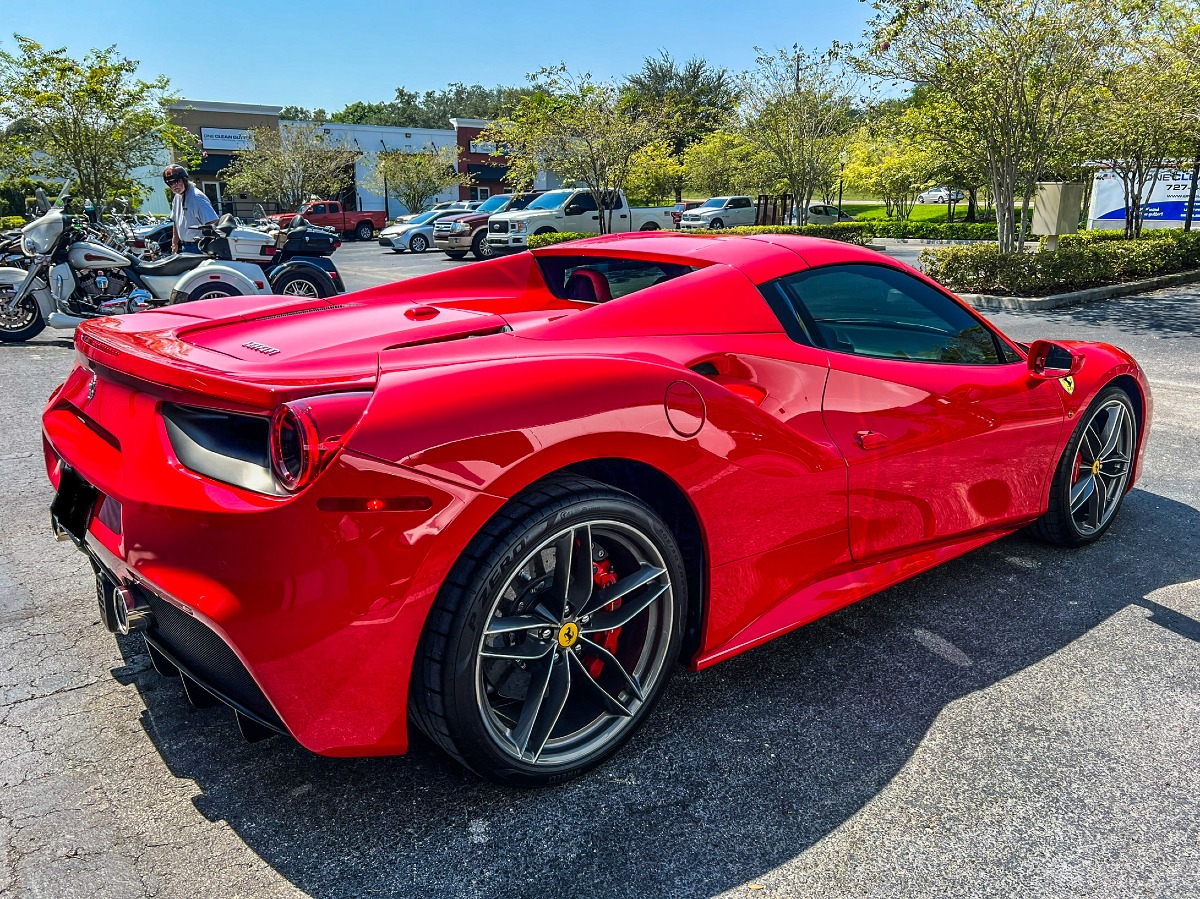Doesn’t it feel great to cruise down the road in your prized possession, its paint gleaming and pristine? Now, picture that perfect finish shielded against the daily onslaught of road debris, UV rays, and even those pesky lovebugs. Paint protection film (PPF) makes that happen. But how do you choose the right type for your vehicle?
As someone who’s seen countless cars transformed by PPF, I’m here to share my insights and help you make an informed decision.
- What is paint protection film?
- What are the unique benefits of high-quality paint protection film?
- What are the different types of paint protection film?
- What should I consider when choosing paint protection film?
- Professional installation vs. DIY: Which is better?
- How do I maintain my paint protection film?
Through the years, I’ve gotten well-acquainted with many types of PPF. Keep reading to discover my key insights, so you can pick the one that’s right for your ride.
What Is Paint Protection Film?
It’s easiest to think of paint protection film as a clear, ultra-thin layer of “armor” draped over your car’s paint. It’s a transparent, thermoplastic urethane film that adheres to your vehicle’s painted surfaces, creating a barrier against the world’s abrasive elements.
PPF diligently safeguards your car’s paint from scratches, chips, stains, and even fading caused by UV rays. It’s a sacrificial layer that takes the brunt of the damage, leaving your original paint unscathed.

What Are the Unique Benefits of High-Quality Paint Protection Film?
I’ve found that paint protection film offers a multitude of benefits that go beyond simply shielding your car from scratches. Time and again, I invest in quality PPF because it:
- Preserves Resale Value: A car with pristine paint commands a higher price on the market. PPF helps maintain your car’s showroom finish, maximizing its resale value.
- Maintains a Flawless Appearance: Say goodbye to unsightly swirl marks, rock chips, and other imperfections that can mar your car’s paint. PPF keeps your vehicle looking its best for years to come.
- Reduces the Need for Frequent Touch-Ups: PPF’s protective layer minimizes the need for constant polishing and touch-up paint, saving you time and money in the long run.
- Resists Environmental Damage: From harmful UV rays to acid rain and road salt, PPF protects your car’s paint from the elements, preventing fading and corrosion.
- Has Self-Healing Properties: Minor scratches and swirl marks magically disappear – thanks to the self-healing properties of some PPF options.
- Enables Easy Maintenance: PPF is incredibly easy to clean and maintain, requiring only routine washing and drying.
What Are the Different Types of Paint Protection Film?
There are several different types of PPF on the market. You’ll find options to suit every vehicle and preference. Let’s explore the main types available.
- Standard (Clear) Paint Protection Film: This is the most common type of PPF, offering a clear, glossy finish that preserves your car’s original appearance. It’s typically 8-10 mils thick and provides excellent protection against scratches, chips, and environmental contaminants. If you love your car’s current color and want to keep it looking factory-fresh, standard clear PPF is an excellent choice.
- Self-Healing Paint Protection Film: This innovative type of PPF takes protection to the next level. Its unique composition allows it to “heal” minor scratches and swirl marks when exposed to heat, such as from the sun or hot water. This means your car’s finish stays flawless even after minor abrasions, providing you with peace of mind and a long-lasting shine.
- Matte Finish Paint Protection Film: If you’re looking for a unique and stylish look, matte finish PPF might be the perfect choice. It creates a satin or matte finish on your car’s paint, giving it a sophisticated and understated appearance. Matte PPF also offers the same protective benefits as clear PPF, shielding your paint from scratches, chips, and environmental damage.
- Gloss Finish Paint Protection Film: Need an extra dose of shine? Gloss finish PPF is the way to go. It adds depth and luster to your car’s paint, making it look even more vibrant and luxurious. Gloss PPF is an excellent choice for high-gloss paint finishes or for those who want to take their car’s appearance to the next level.
- Colored Paint Protection Film: Looking for a complete color change or a unique accent? Colored PPF allows you to customize your vehicle’s appearance while still enjoying all the protective benefits of traditional PPF. From subtle color shifts to bold transformations, the possibilities are endless.
What Should I Consider When Choosing Paint Protection Film?
With so many options, choosing the right PPF for your ride can seem confusing. Here’s what I considered when I made my choice:
- Vehicle Type and Use: How you use your vehicle will influence your PPF choice. A daily driver exposed to highway debris might benefit from a thicker, more durable film. A show car, on the other hand, might prioritize a high-gloss finish for maximum visual impact.
- Desired Aesthetic: Do you prefer a classic glossy look, a modern matte finish, or a unique color change? Your personal preference will play a role in your PPF selection.
- Durability and Maintenance: Consider the level of protection and maintenance required for each type of PPF. Some films offer self-healing properties for added durability, while others may require specific cleaning products.
- Budget Considerations: PPF is an investment, and different types come with varying price points. Balance your desired features with your budget to find the best option for your needs.

How Do I Maintain My Paint Protection Film?
Once your vehicle is protected with PPF, keeping it looking its best is simple. Generally, I follow these simple steps to keep my PPF in great shape, so it provides endless protection, mile after mile.
- Regular Washing: Wash your car regularly with a pH-neutral car soap and a microfiber cloth or mitt.
- Avoid Harsh Chemicals: Steer clear of abrasive cleaners or solvents that can damage the film.
- Dry Thoroughly: After washing, dry your car completely with a clean microfiber towel to prevent water spots.
- Waxing: Some PPFs benefit from occasional waxing to enhance shine and protection. Consult your installer for specific recommendations.
Noticing issues with your PPF? Troubleshooting is actually quite simple.
- Bubbling or Peeling: If you notice bubbling or peeling, it’s likely due to improper installation. Contact a professional for repair or replacement.
- Yellowing or Hazing: This can occur with low-quality films or prolonged exposure to harsh chemicals. High-quality PPF, like the ones pros offer, is resistant to yellowing and hazing.
- Scratches or Swirls: While self-healing PPF can repair minor scratches, deeper ones may require professional attention.
Conclusion
I love paint protection films. They’re a powerful, reliable way to safeguard your car’s paint, preserve its value, and keep it looking showroom-new for years. Remember, professional installation is the only way to make sure you’re getting the best bang for your buck and that your prized possession is well-protected.
